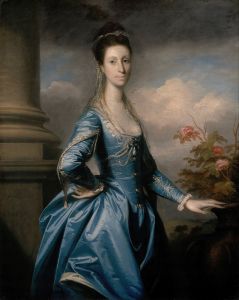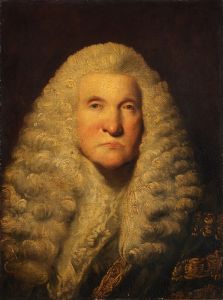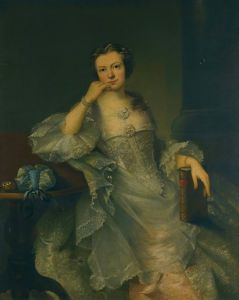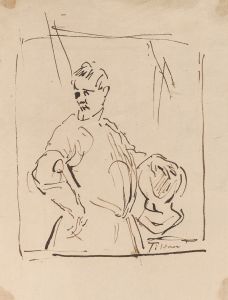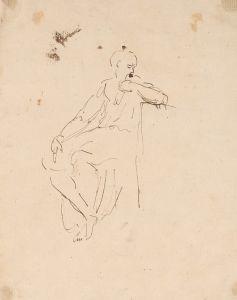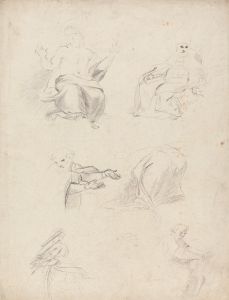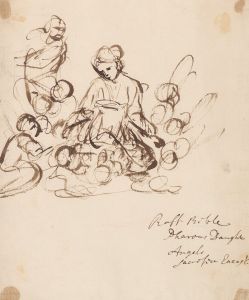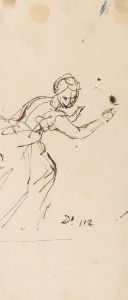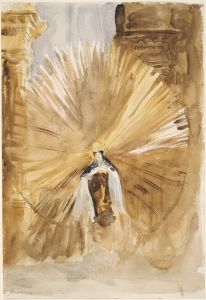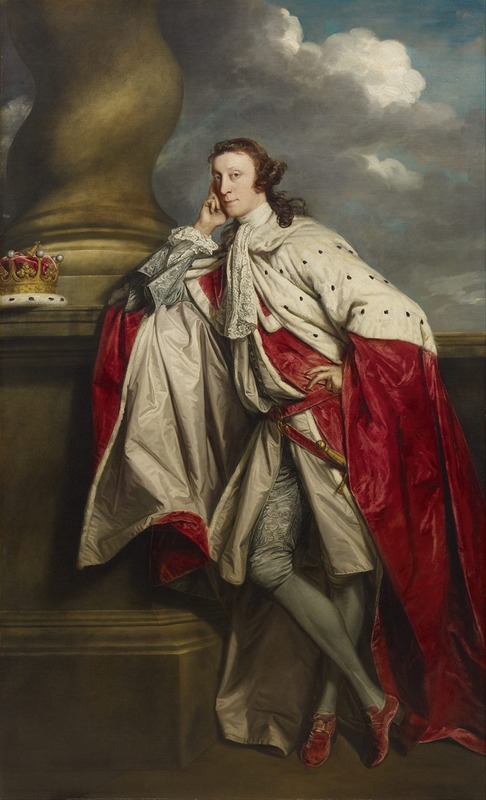
James, 7th Earl of Lauderdale
A hand-painted replica of Sir Joshua Reynolds’s masterpiece James, 7th Earl of Lauderdale, meticulously crafted by professional artists to capture the true essence of the original. Each piece is created with museum-quality canvas and rare mineral pigments, carefully painted by experienced artists with delicate brushstrokes and rich, layered colors to perfectly recreate the texture of the original artwork. Unlike machine-printed reproductions, this hand-painted version brings the painting to life, infused with the artist’s emotions and skill in every stroke. Whether for personal collection or home decoration, it instantly elevates the artistic atmosphere of any space.
Sir Joshua Reynolds, one of the most prominent portrait painters of the 18th century, is known for his significant contributions to the art of portraiture in Britain. Among his many works is the portrait of James, 7th Earl of Lauderdale. This painting exemplifies Reynolds's mastery in capturing the character and status of his sitters, a skill that earned him widespread acclaim during his lifetime.
James Maitland, the 7th Earl of Lauderdale, was born on January 26, 1759, and became a notable figure in British politics. He was a Scottish peer and a politician who played a role in the political landscape of his time. Lauderdale was educated at the University of Edinburgh and later at Trinity College, Cambridge, which was typical for someone of his standing. His political career included serving as a representative peer for Scotland and being involved in various political debates and reforms.
The portrait by Reynolds is believed to have been painted in the late 18th century, during a period when Reynolds was at the height of his career. Reynolds was known for his ability to convey the personality and social status of his subjects through his portraits. In the case of the 7th Earl of Lauderdale, Reynolds would have aimed to reflect both his aristocratic status and his intellectual prowess.
Reynolds's technique often involved the use of rich colors and a focus on the sitter's expression and posture, which conveyed a sense of dignity and presence. His portraits typically featured a naturalistic style, with a keen attention to detail that brought out the unique features of the individual. The background and attire in his portraits were also carefully chosen to complement the sitter's status and character.
The portrait of James, 7th Earl of Lauderdale, would have been no exception. It likely depicted him in a manner befitting his rank, possibly with elements that alluded to his political career or personal interests. Reynolds's portraits were not just mere likenesses; they were carefully constructed images that communicated the sitter's identity and social role.
Reynolds's work was highly sought after by the British aristocracy, and his portraits were considered status symbols. As the first president of the Royal Academy of Arts, Reynolds had a significant influence on the art world in Britain, and his works were instrumental in shaping the standards of portrait painting during his time.
The portrait of the 7th Earl of Lauderdale would have been part of this tradition, serving as both a personal memento for the Maitland family and a public statement of the Earl's position in society. Today, Reynolds's portraits are valued not only for their artistic merit but also for their historical significance, providing insight into the individuals and the era in which they lived.
While specific details about the portrait of James, 7th Earl of Lauderdale, such as its current location or provenance, may not be widely documented, the painting remains an example of Reynolds's enduring legacy in the art of portraiture. Through his work, Reynolds captured the essence of 18th-century British nobility, leaving a lasting impact on the history of art.







